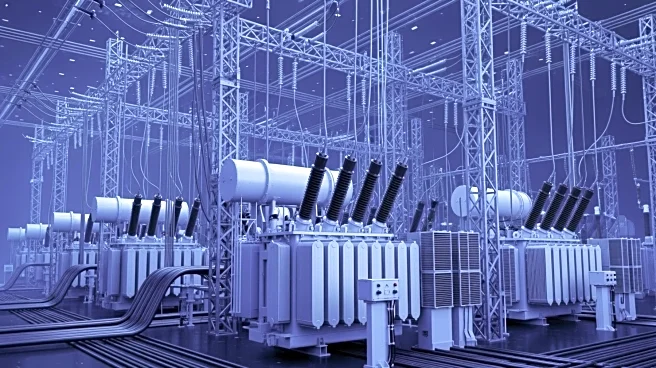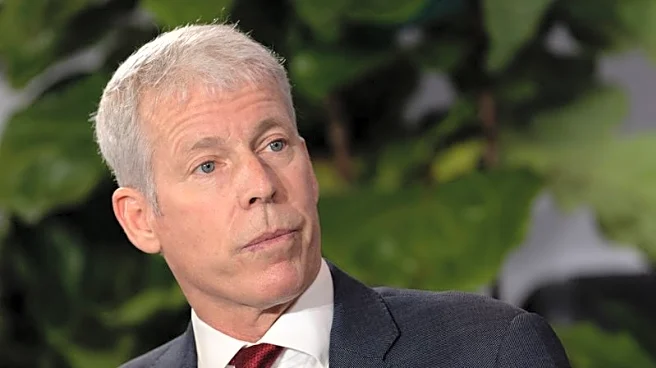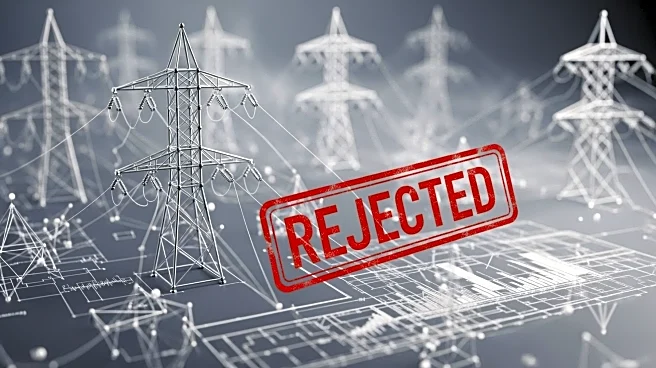What's Happening?
Energy Secretary Chris Wright has endorsed load flexibility in a proposal to expand federal regulatory authority over interconnection. Wright directed the Federal Energy Regulatory Commission (FERC) to expedite
the interconnection of large loads that agree to be curtailable. This proposal is part of a broader effort to standardize large load interconnection, particularly for data centers powering artificial intelligence. Wright argues that large loads connecting to the interstate transmission system fall within FERC's jurisdiction under the Federal Power Act.
Why It's Important?
The proposal to expedite large load interconnection is significant for the development of AI data centers and other large-scale energy consumers. By streamlining the interconnection process, the proposal aims to facilitate the growth of critical infrastructure while ensuring grid reliability. This move could support the Trump administration's investment in AI infrastructure and address challenges related to grid capacity and planning.
What's Next?
FERC is expected to review the proposal and consider the principles outlined by Wright for governing the interconnection process. Stakeholders, including data center operators and grid managers, may need to adapt to new regulatory requirements and explore solutions for enhancing load flexibility. The proposal's impact on grid planning and infrastructure investment will be closely monitored.
Beyond the Headlines
The proposal highlights the need for balancing technological advancement with regulatory oversight to ensure grid reliability and economic growth. As AI data centers become increasingly important, addressing interconnection challenges will be crucial for maintaining U.S. competitiveness in the global technology landscape.













